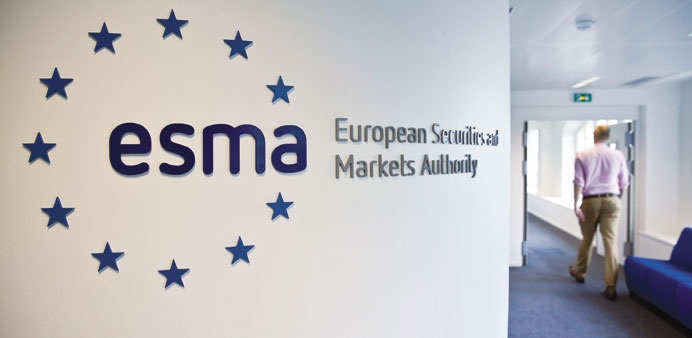Pan European financial markets regulator and supervisor The European Securities and Markets Authority (ESMA) has announced that it has published its Final Report providing the assessment of the shortening of the settlement cycle in the European Union (EU).
The report highlights that the increased efficiency and resilience of post-trade processes that should be prompted by a move to T+1 would facilitate achieving the objective of further promoting settlement efficiency in the EU, contributing to market integration and to the Savings and Investment Union objectives.
US and Canadian exchanges moved to T+1 settlement earlier this year.
ESMA recommends that the migration to T+1 occurs simultaneously across all relevant instruments, and that it is achieved in Q4 2027. Considering the different elements assessed by ESMA, in particular the difficulties linked to the go-live of such a big project in November and December, and the challenges linked to the first Monday of October (just after the end of a quarter), ESMA recommends 11 October 2027 as the optimal date for the transition to T+1 in the EU.
ESMA also suggests following a coordinated approach with other jurisdictions in Europe – meaning the UK, and Switzerland.
Regarding the quantification of the costs and benefits, the elements assessed by ESMA suggest that the impact of T+1 in terms of risk reduction, margin savings and the reduction of costs stemming from the misalignment with other major jurisdictions globally, will represent important benefits for the EU capital markets.
However, ESMA noted that this change will also imply some challenges, including amending the Central Securities Depositories Regulation (CSDR) and the settlement discipline framework, in order to have legal certainty and foster the necessary improvements in post-trading processes to move successfully to T+1.
Additionally, all actors of the financial system will need to work on harmonisation, standardisation, and modernisation to improve settlement efficiency. This will require some level of investment.
The complexity of a trading and post-trading environment such as the EU capital markets means that this project will require a specific governance to be put in place.
Regarding next steps, following the publication of its report, ESMA said it will continue its regulatory work related to the revision of rules on settlement efficiency, and addressing the T+1 governance together with the European Commission (EC) and the European Central Bank (ECB).
The ESMA report on T+1 settlement can be downloaded here (pdf).









